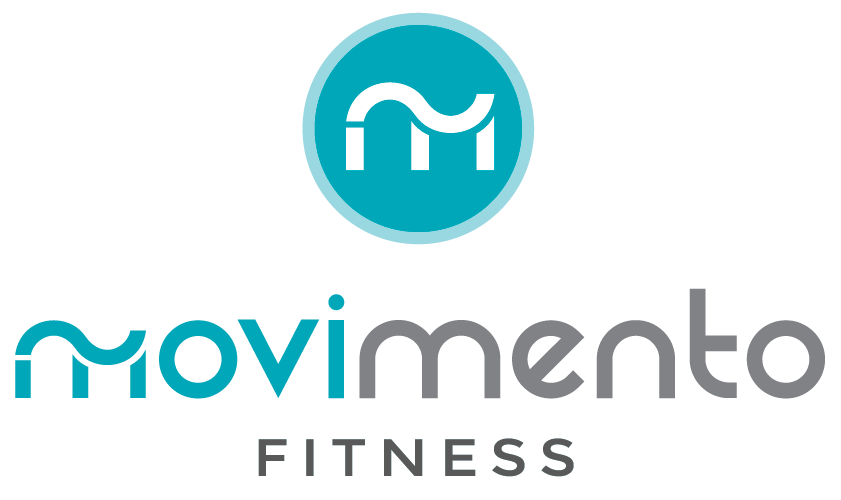At the gym you’ve likely seen, or experienced, the various forms of myofascial release therapy. Myofascial release therapy is a form of self massage which can be facilitated through a number of implements including a physiotherapy ball, Theracane™, foam rollers, or your own fingers. All of these methods can benefit to your healthy lifestyle when utilized properly!
These amazingly useful implements all have similarities in purpose, but vary in their utilization and focus. Each one has a specification that makes it the right tool for the task. The basics to releasing a muscle properly are pretty well the same for each implement. Simply apply moderate pressure to a specific muscle or muscle group using whatever implement you or your trainer deem adequate. You should roll/massage slowly, no more than one inch per second. When you find areas that are tight or painful, pause for several seconds and relax as much as possible. Steady, deep breathing will allow your body to relax, also adding oxygen into those tight muscles. You should slowly start to feel the muscle releasing, and after 5-30 seconds the discomfort or pain should lessen. Then you can simply move on to the next tight muscle! How lovely, right? Applying pressure to specific points on your body you are able to aid in the recovery of muscles, and assist in returning them to normal, healthy function. The normal function of a muscle is highlighted by its elastic nature, and ability to perform at a moment’s notice without pain or tightness. The goal of any corrective or recovery technique is to get your muscles, and you, back to a point of normal, healthy function. Which is why we suggest myofascial release with some implementation.
Let’s take a closer look at what each of these tools does, and how to utilize them for the best results.
Foam rollers are tubes of varying density used for massaging superficial muscles. This tool can assist in releasing muscle knots, as well as improving healthy blood flow and circulation to soft tissue. Foam rollers are excellent tools for any fitness level. To properly use a foam roller, you must use body weight and mobility to position the muscle or area you want to massage onto the roller, typically located on the floor. You can also use the roller against a wall if using it on the floor isn’t comfortable or safe. If you have limited mobility, and positioning yourself and the roller is difficult, one of the other implements may be better suited to your needs.
The physiotherapy ball is awesome at finding that one spot (you know the one). Where you put pressure on it and you see a white hot light for a few seconds? That. It’s a muscle knot or a trigger point it usually lays deeper than what the foam roller can reach. Releasing these trigger points helps to reestablish pain free range of motion, and ultimately, will enhance performance. The physiotherapy ball is best used on the smaller, deeper, peskier muscles and is best utilized against the wall, where you can control the amount of pressure you put onto the muscle.
The Theracane™ is also awesome at finding those little knots, but it can get deeper than the superficial muscles that the foam roller gets to, even deeper than the physio ball! This wonder of ingenuity does require a little more help from your fitness professional to locate the specific muscle that’s giving you grief, but if you are careful of the amount of pressure you apply to the muscle, a little self-exploration specifically around the shoulder blades with this implement is like a little slice of heaven!
Your fingers and hands are your most cost effective tool, but you can also utilize your favourite massage therapist to get those muscles tenderized. If you aren’t afraid to use a little elbow grease, and once again get the help of your fitness professional, your muscles won’t know what hit them! Just like the Theracane™, your fingers can get at those deeper muscles and release some pesky, but easy to reach knots.
Stretching and myofascial release are excellent ways to keep those muscles happy and healthy, but it’s important to roll and stretch with intention! If you know what muscles you’ll be working during your workout, roll out your target muscles beforehand. Then, after your workout, hit the major working muscles again to start your recovery process. Ask your trainer if you don’t know what you’re working, and they will be more than happy to assist you! If you have recently injured a muscle avoid rolling that muscle, as you could damage that area further. You can roll around the affected area, but always consult a physician. Safety first!
Here are a few rolling exercises to help keep you loosy goosy!
(some exercises may need modification, please talk to your trainer!!)
1. Quads Harder Foam Roller
2. Chest and Hip Opener Softer Foam Roller
3. Glutes Modified use with a Medicine Ball
4. Shoulder Blades Theracane™
5. Teres Physio ball
6. Lats Foam roller




